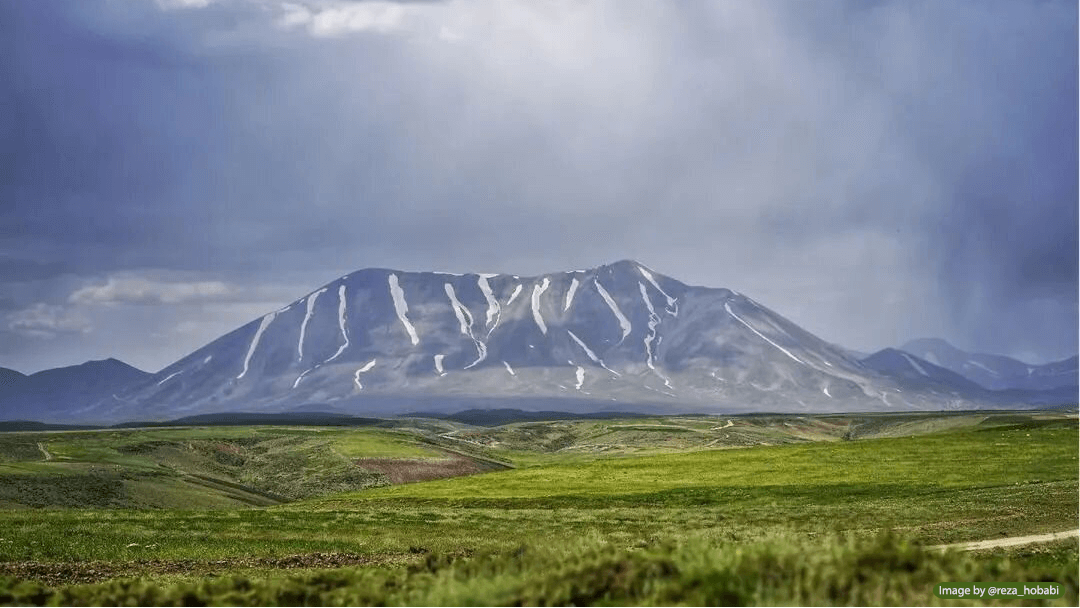
Masjid-e Kaboud (The Blue Mosque) of Tabriz
A mosque is considered one of the most important places in every Islamic society, where religious ceremonies and social events are organized. Therefore, mosques are usually built in the best and most frequented places of every city and maximum artistry and skill are used in their construction. There are many historical mosques in Tabriz, which is considered one of the most important cities of Iran, each of which has great importance in terms of its history and aesthetics. With its unique and extraordinary beauty, the Blue Mosque of Tabriz is one of the most important mosques of this city. The mosque is currently located in the middle of the city and hosts many tourists every year.
The Blue Mosque of Tabriz, which is also known as “Jahanshah Mosque” among local people, is one of the first monuments of this city the name of which was inscribed on the list of Iran’s national heritage.
History and Features of the Blue Mosque of Tabriz
The Blue Mosque is one of the masterpieces of Iranian architecture built in the Qara Qoyunlu era (15th century AD) and one of the largest brick constructions built by Islamic architects at that time. The magnitude and glory of this building have caused it to be given the title “Emarat” (lit. monument) in some historical books and referred to as “Emarat-e Mozaffariyeh”. The European tourists who have visited Tabriz, have described the beautiful tiling, tall porch, and Vault of this historical mosque in their travelogues.
The founder of this mosque was Abul Muzaffar Jahanshah, nicknamed Qara Yousuf, who was one of the rulers of the Qara Qoyunlu Dynasty. The construction of the mosque was done under the supervision of his wife, “Beigum Khatun” or his daughter “Saleha”. According to some historical texts, the construction of the mosque took 30 years.
This mosque was extensively damaged in the 1779 AD earthquake and reconstructed. Another reconstruction operation was carried out on the mosque in 1966 AD. Several small and large restoration operations have also been carried out in this mosque.
Architecture of the Blue Mosque of Tabriz
The use of azure color in the mosaic tiles of this mosque is the most prominent issue that has made this mosque world famous. Due to the abundance of this color, the Blue Mosque of Tabriz has been nicknamed the “Turquoise of Islam”.
The Blue Mosque of Tabriz is a manifestation of the Azari architectural style. Some of the distinctive features of this style are the construction of a stem or gorge under the dome, creating uneven surfaces in the building, and using mosaic tiles.
The ceiling of the mosque has been decorated with a combination of gold and lapis lazuli; one of the unique works related to the interior decorations of Islamic buildings. There is a small Shabestan (nave) in this mosque in which a cellar with two graves can be seen. According to historians, these two are the graves of Jahanshah and his wife.
Rare types of stones have been used in the construction of the building. The mosque has a square courtyard where the bricks are strapped with strips of plaster. There is a pond in the middle of the courtyard and there are some covered spaces around it, which were both a shelter for the poor and a resting place for the people.
Standing in the courtyard facing the Qibla (south), one can see a square-shaped and enclosed area with a height of 12 meters. There was a dome above this part of the building that has collapsed. This dome had a lot of weight and was divided on several columns. This division requires delicate and precise calculations that prove the extraordinary expertise of the architects of that period.
Beautiful tiling and muqarnas work with arabesque designs and turquoise, azure, white, and gold colors can be seen in the niche of the mosque, seeing which can be quite exciting for every viewer.
The Blue Mosque of Tabriz was inscribed on the list of Iran’s national heritage in the year 1930.
The Blue Mosque of Tabriz, which is also known as “Jahanshah Mosque” among local people, is one of the first monuments of this city the name of which was inscribed on the list of Iran’s national heritage.
| Name | Masjid-e Kaboud (The Blue Mosque) of Tabriz |
| Country | Iran |
| State | East Azerbaijan |
| City | Tabriz |
| Type | Religious |
| Registration | National |
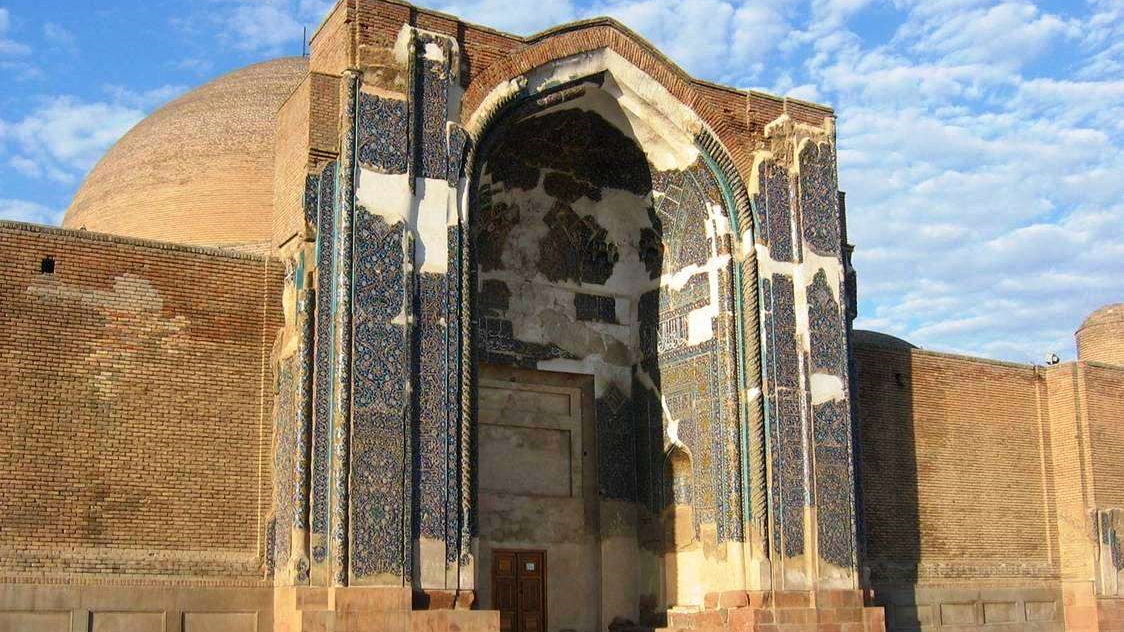
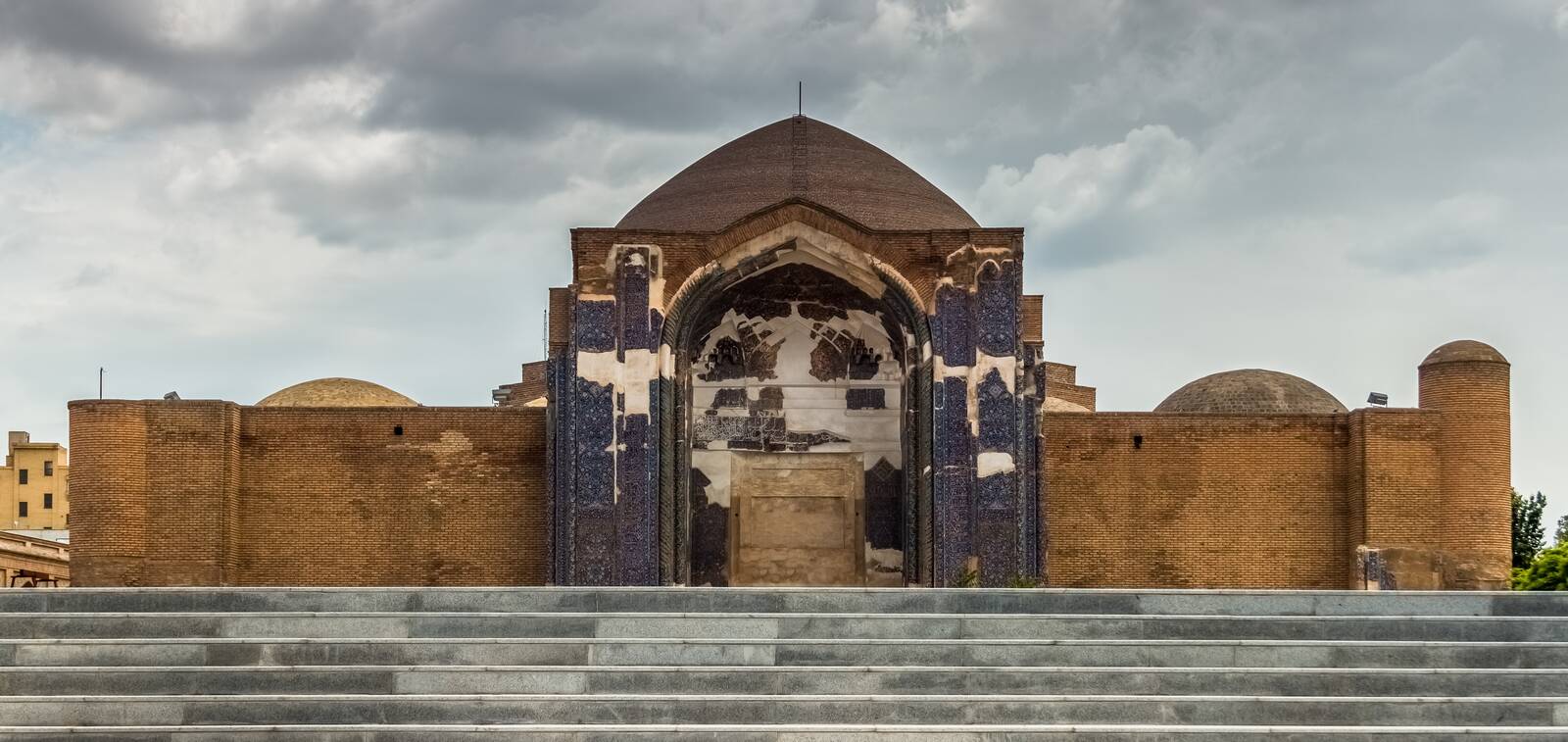
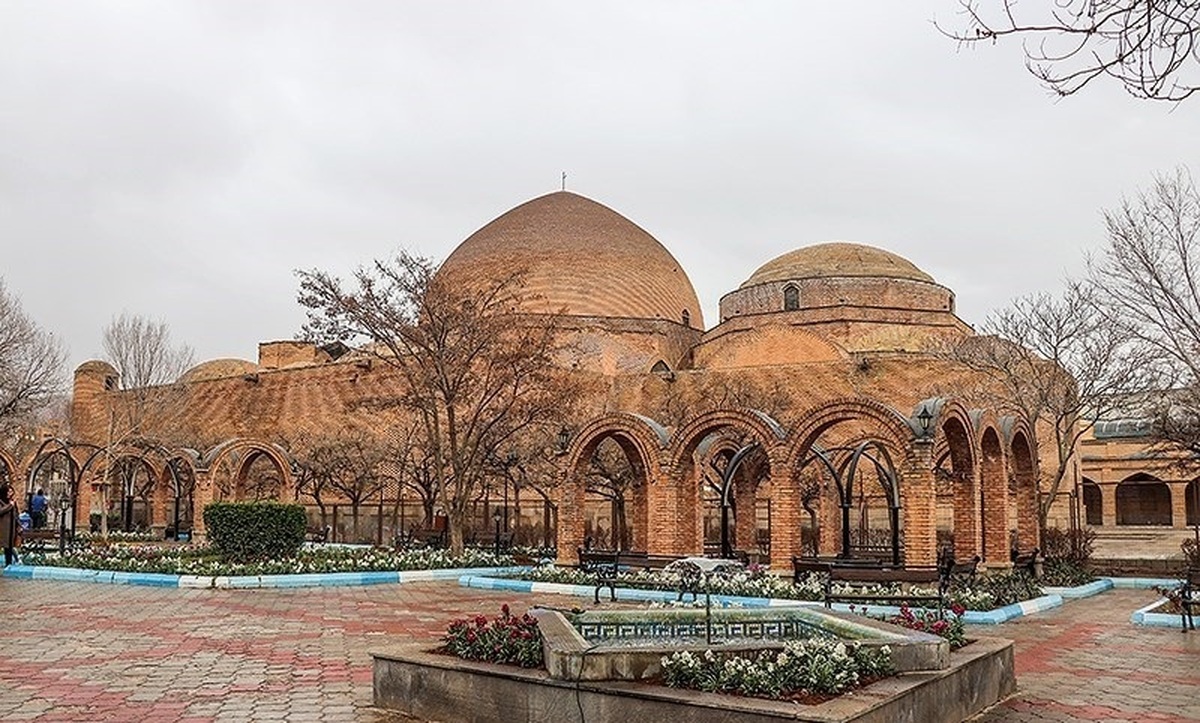



Choose blindless
Red blindless Green blindless Blue blindless Red hard to see Green hard to see Blue hard to see Monochrome Special MonochromeFont size change:
Change word spacing:
Change line height:
Change mouse type:
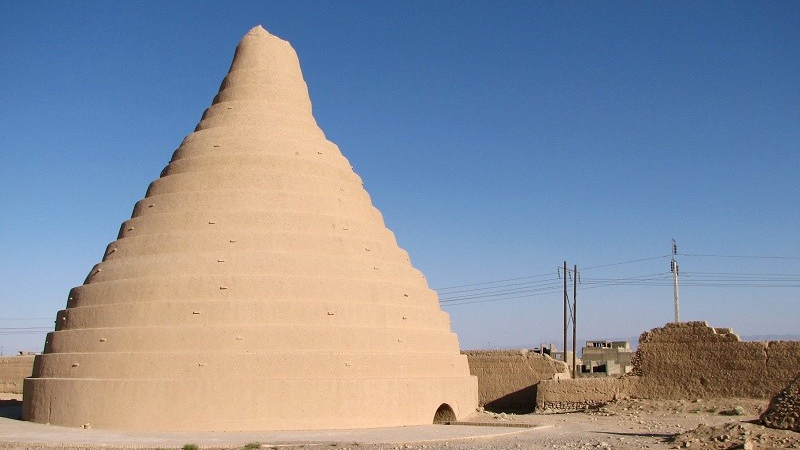
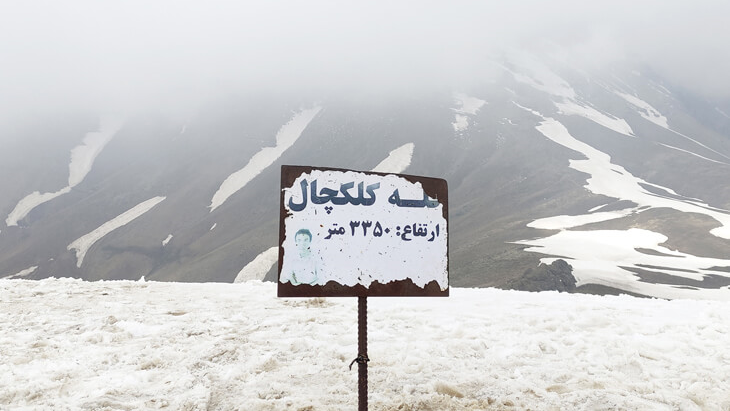
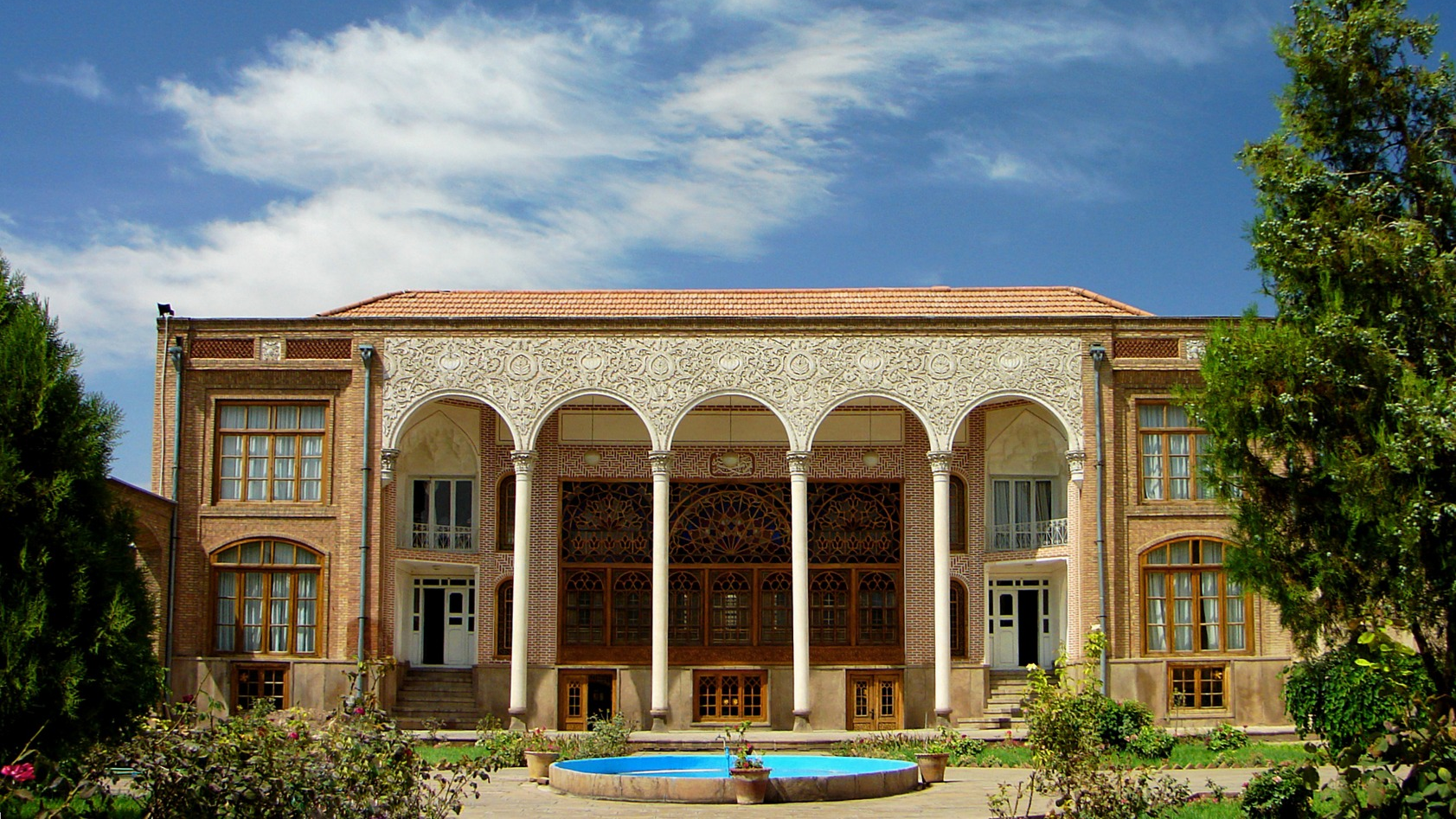
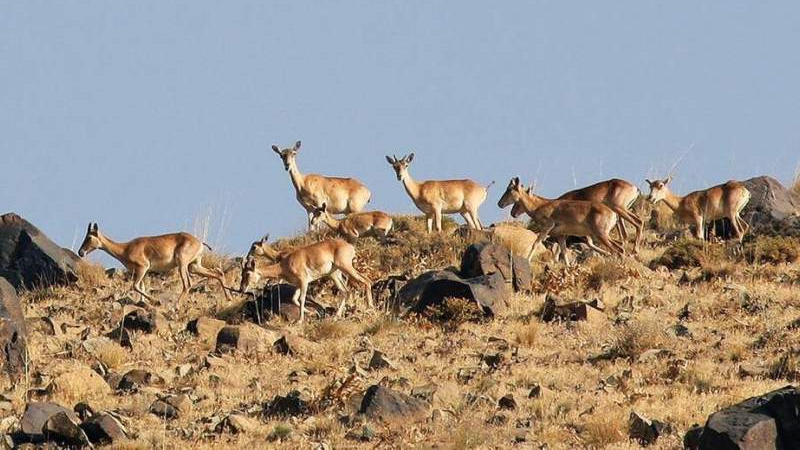
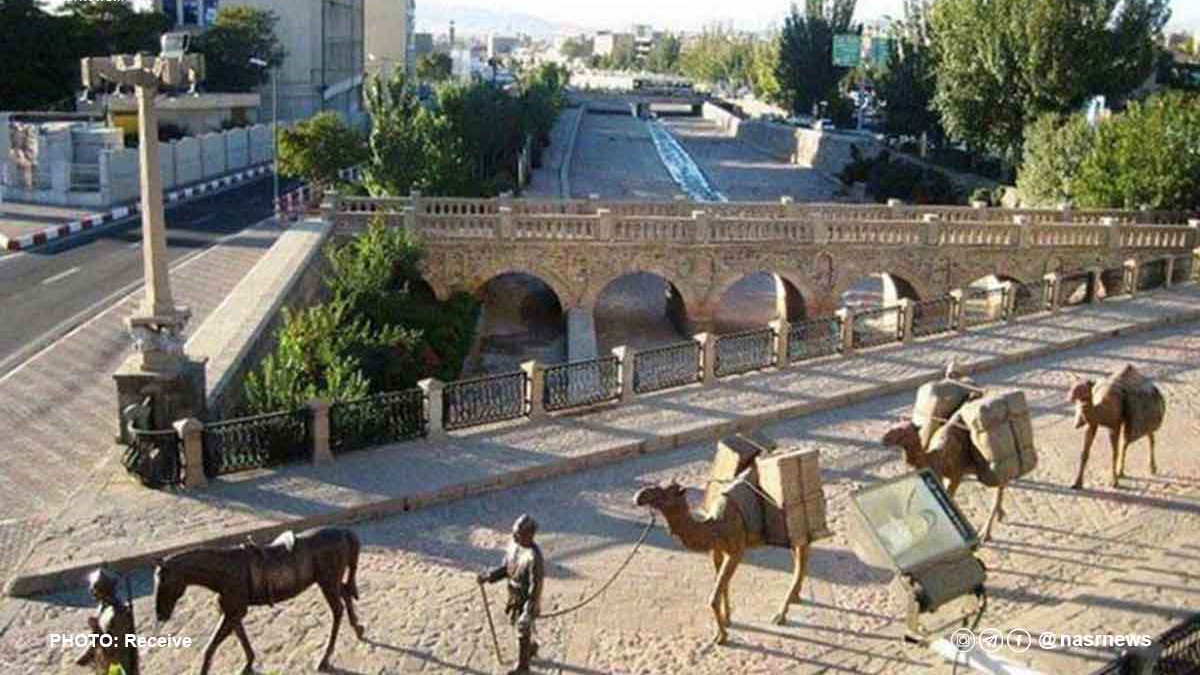
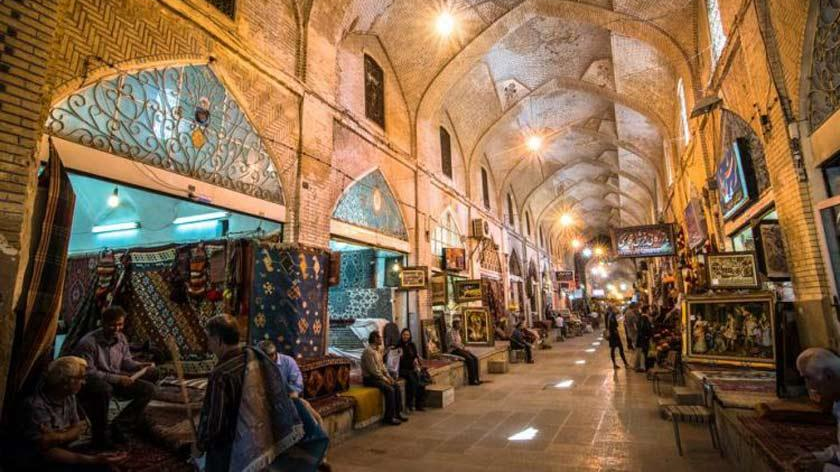

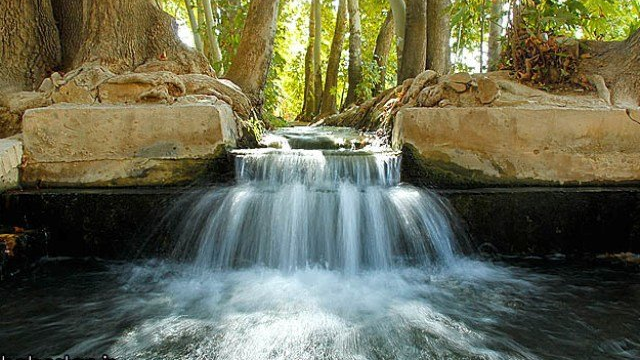
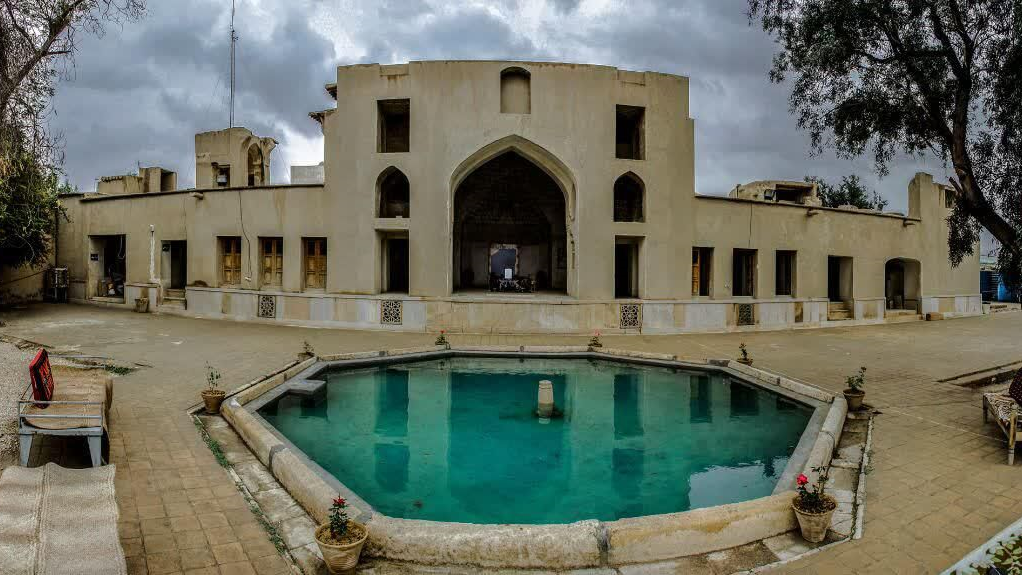

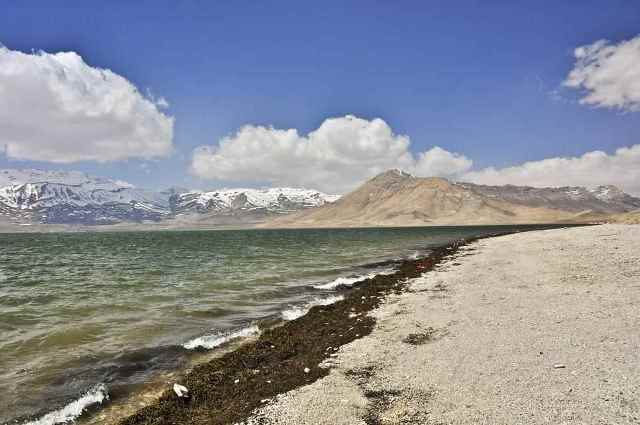
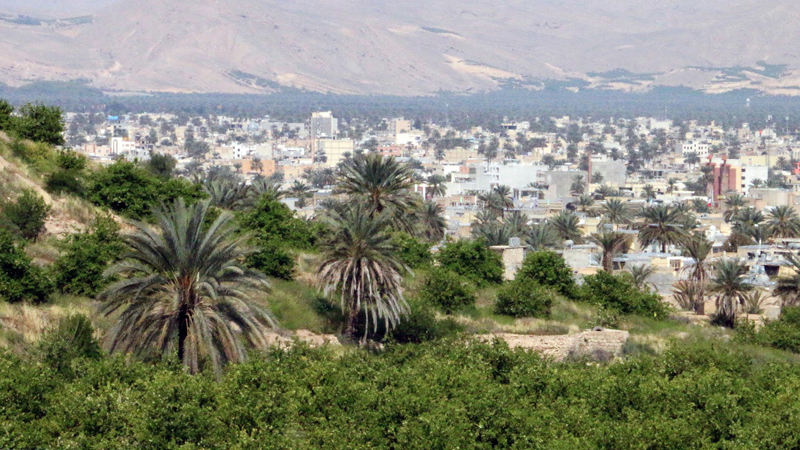

.jpg)
